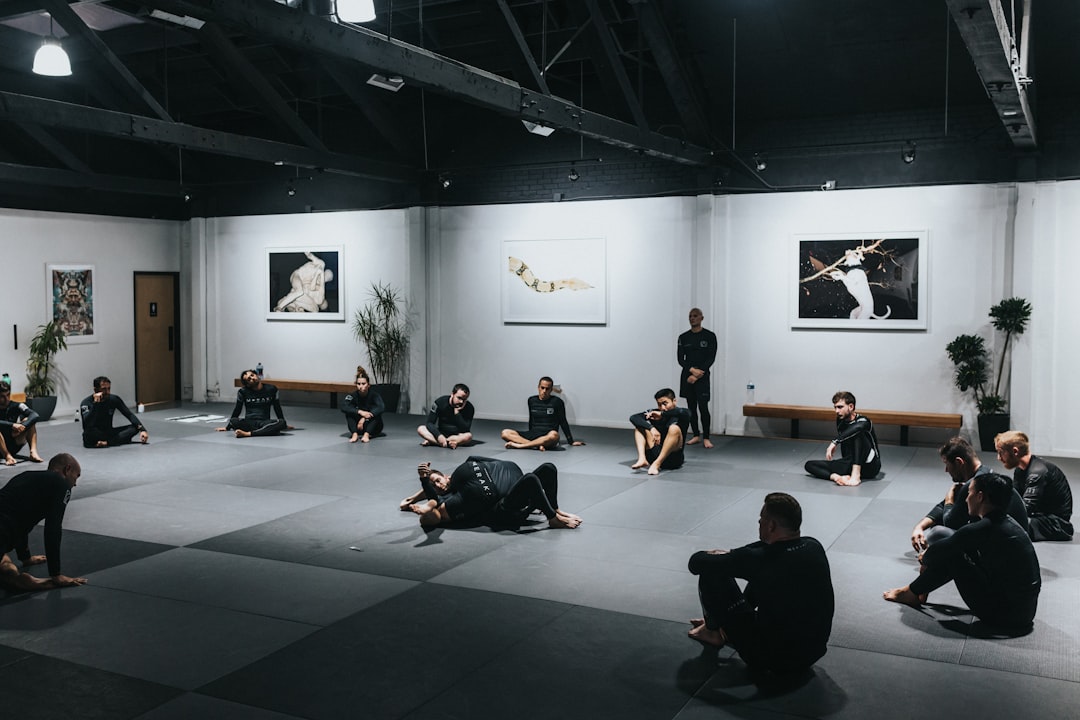
Cultivating Inner Calm Through Mindful Biofeedback Reflection Techniques
In our fast-paced modern world, finding inner calm can often feel like a distant dream. However, recent findings in health and wellness emphasize the effectiveness of mindful biofeedback reflection techniques in promoting tranquility. This article delves into these techniques, offering practical strategies to help you cultivate inner calm while addressing common misconceptions in the field.
Understanding Biofeedback and Mindfulness
Biofeedback is a technique that teaches individuals to control bodily processes that are typically involuntary, such as heart rate, muscle tension, and breath. By using sensors that provide real-time data about these physiological functions, individuals can gain insight into their body’s responses to stress and anxiety.
Mindfulness, on the other hand, is the practice of being present and fully engaged with the current moment, without judgment. When combined, mindful biofeedback allows individuals to become aware of their physiological responses to stressors and actively engage in calming techniques.
The Science Behind Mindful Biofeedback
Recent studies have shown that biofeedback can significantly reduce anxiety and improve emotional regulation. Research published in the International Journal of Behavioral Medicine found that individuals who utilized biofeedback techniques reported a 30% decrease in anxiety levels. This is largely due to the real-time feedback provided, allowing individuals to develop a greater awareness of their physiological reactions to stress.
Moreover, mindfulness practices have been shown to enhance this effect. A study in Psychosomatic Medicine indicated that mindfulness meditation can increase heart rate variability, a marker of good emotional regulation and resilience to stress. Thus, incorporating mindfulness into biofeedback practices can further enhance their effectiveness.
Practical Strategies for Cultivating Inner Calm
1. Identifying Your Triggers
Start by noting situations that typically cause you stress. Use biofeedback tools to track your physiological responses during these moments. This will help you understand how your body reacts, allowing you to identify specific triggers.
2. Engaging in Mindful Breathing
Once you identify your triggers, implement mindful breathing techniques. Focus on inhaling deeply through your nose, holding for a few seconds, and exhaling slowly through your mouth. This can help lower heart rate and promote relaxation. Incorporating biofeedback devices can help you visualize your progress.
3. Regular Meditation Practice
Set aside a few minutes each day for meditation. Utilize guided meditations that focus on breath awareness or body scan techniques. Research shows that consistent meditation practice can lead to structural changes in the brain, promoting a sense of calm.
4. Utilizing Biofeedback Devices
Consider investing in biofeedback devices or apps that monitor heart rate variability, skin temperature, or muscle tension. These tools can provide you with the data needed to understand and manage your stress responses effectively.
5. Journaling for Reflection
After practicing biofeedback techniques, take a moment to reflect. Journaling about your experiences can help you solidify insights and track your progress over time. This practice fosters a greater understanding of your emotional landscape.
Addressing Common Misconceptions
One common misconception about biofeedback is that it requires expensive equipment or professional guidance. While advanced devices can offer detailed feedback, many simple and affordable options are available for personal use. Mobile apps can provide valuable insights without breaking the bank.
Another misconception is that mindfulness requires hours of practice daily. In reality, even short periods of focused mindfulness can yield significant benefits. Starting with just five minutes can make a noticeable difference in your overall well-being.
Encouragement for Your Wellness Journey
Embarking on the journey to cultivate inner calm is a rewarding endeavor. Remember that progress may take time, and it’s essential to be patient with yourself. Celebrate small victories along the way, and don’t hesitate to seek support from health professionals if needed.
Further Reading and Resources
To deepen your knowledge of mindful biofeedback, consider exploring the following resources:
- Biofeedback: A Comprehensive Guide
- Mindfulness-Based Stress Reduction
- The Science of Mindfulness and Neuroplasticity
By integrating mindful biofeedback reflection techniques into your daily routine, you can make significant strides towards cultivating inner calm. As you explore these practices, remember to share your experiences and insights with others, fostering a community of wellness and support.


